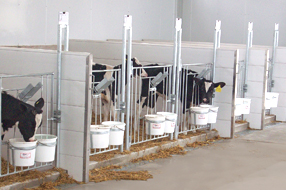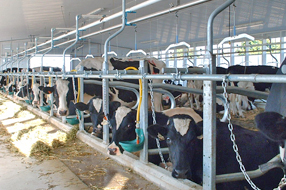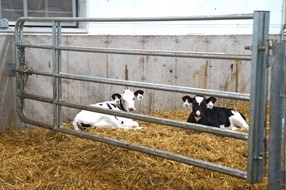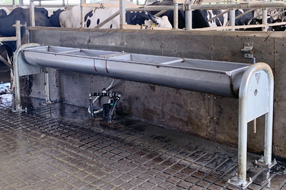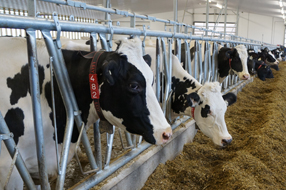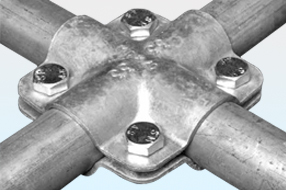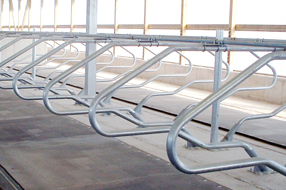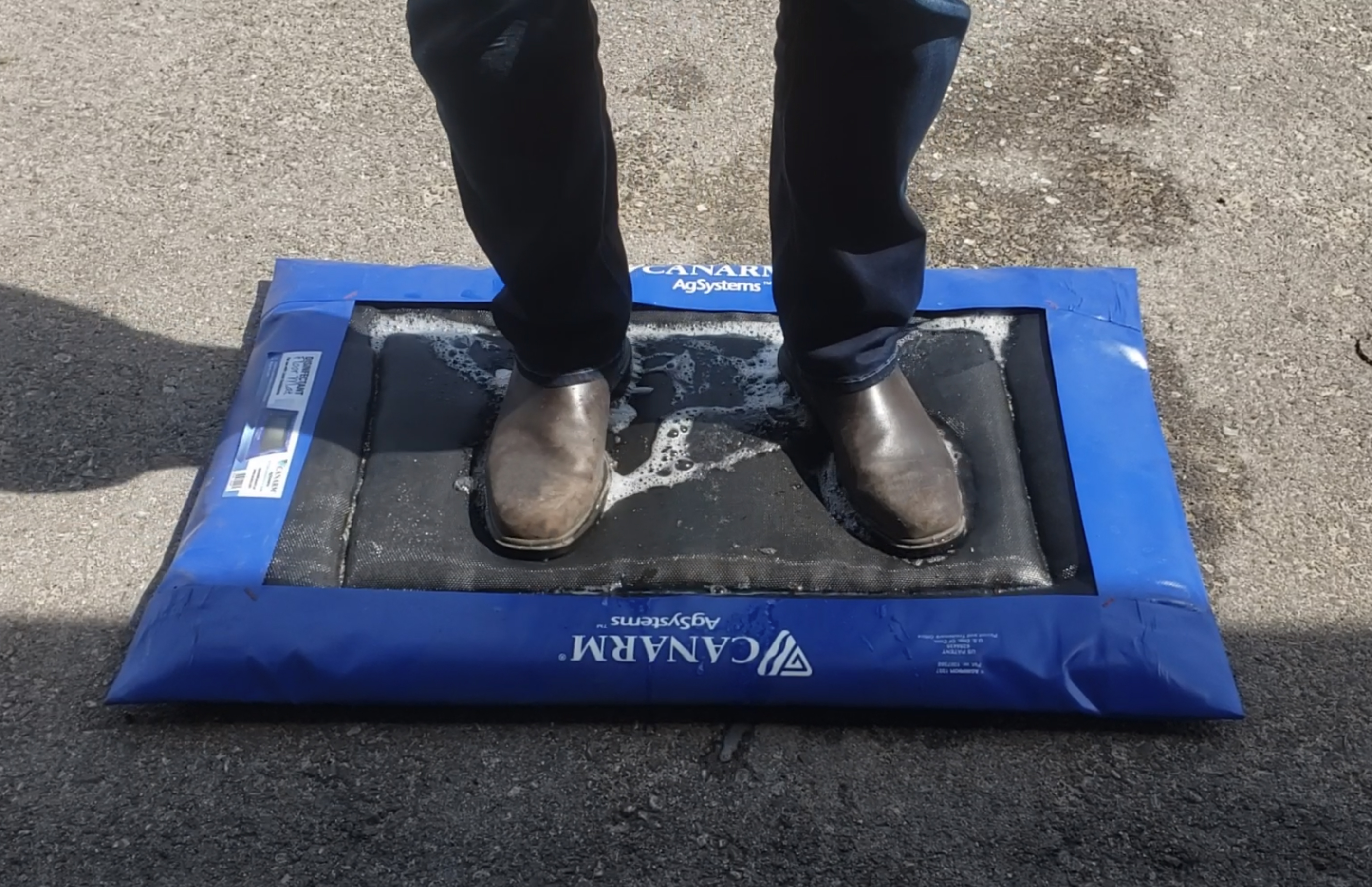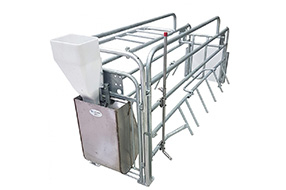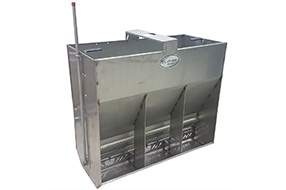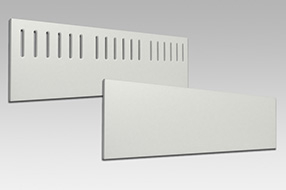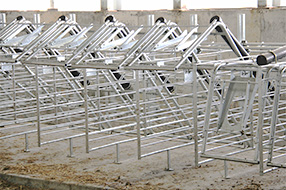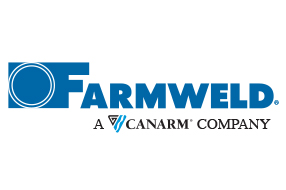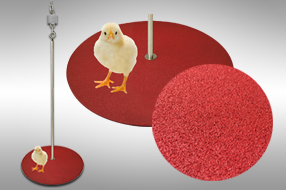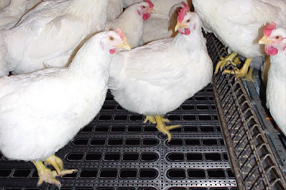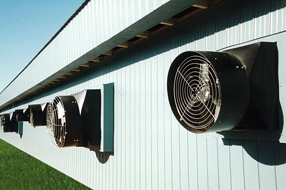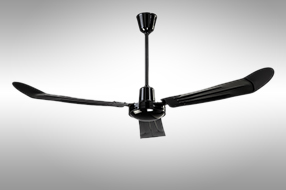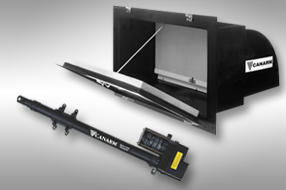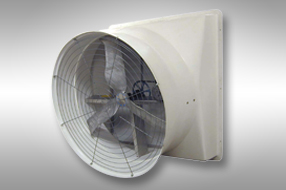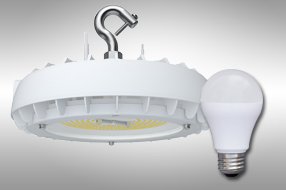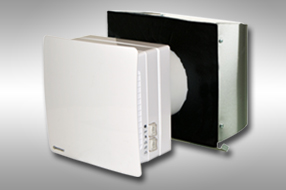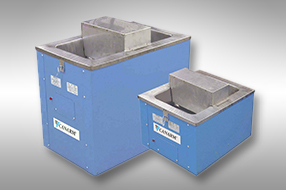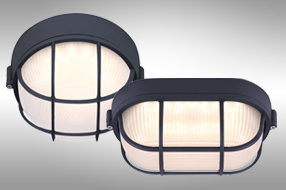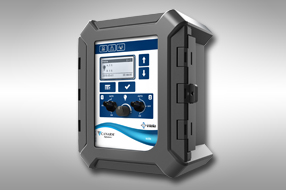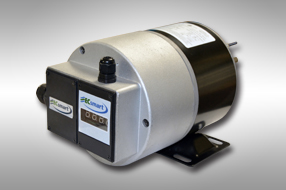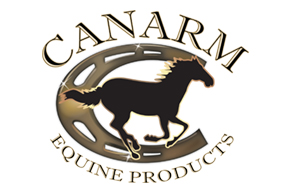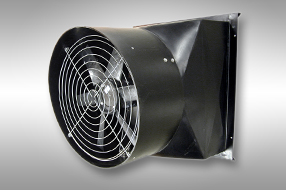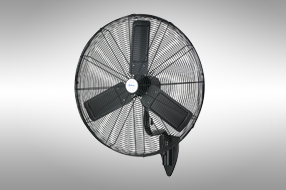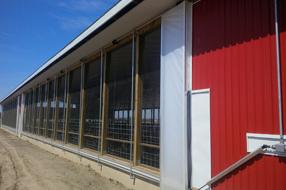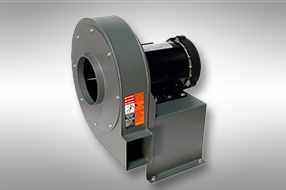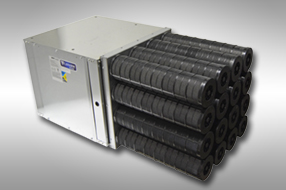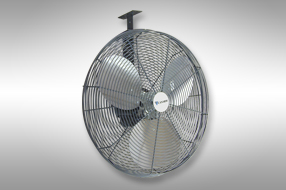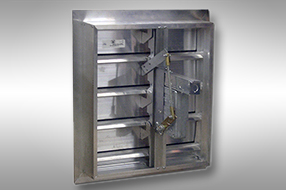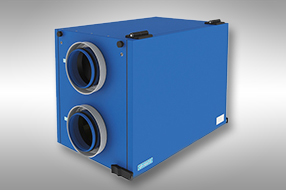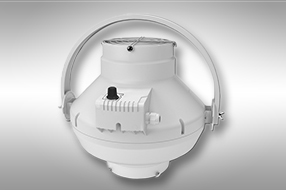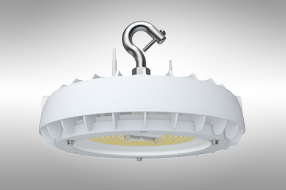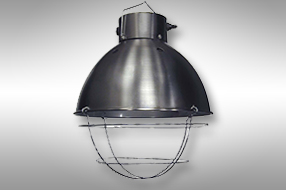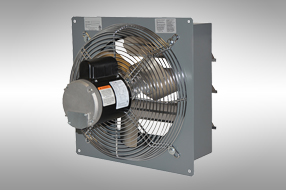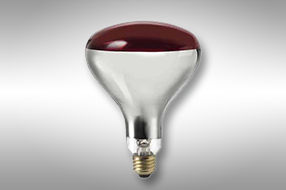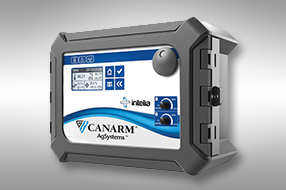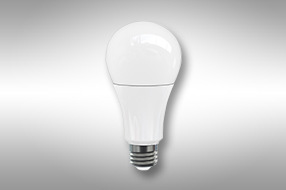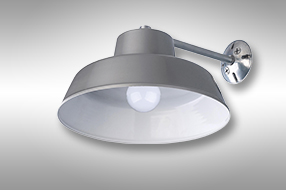Preparing your natural ventilation system for winter

After a few months of curtain and panel systems sitting fully open and not moving during hot weather, there comes a time every year when we must all face the fact that colder weather is coming. This is when you need to take the time to make sure your natural ventilation system is ready to go and will not let you down when you need it the most.
The first step you should take is to manually run your curtain or panel system to the fully closed position and visually inspect the curtain fabric or panel surfaces.
If your curtains have been bunched up at the bottom of the sidewall opening all summer, you will need to check for mould and mildew caused by rainwater sitting in the folds of the fabric. Also check for any small holes that may have been created by mice nesting in the folds. If your material is getting close to the end of its useful life, you may also find cracks and tears in it due to long-term exposure to UV rays.
If you have a panel system, it is a good idea to check the acrylic or polycarbonate inserts to make sure they haven’t been hit by a wayward rock thrown from a lawn mower. Panel seals should also be checked to ensure that they are still pliable and haven’t become stiff with age, which can cause issues with the quality of the seal.

If you need to replace some fabric or panels in your system, it is better to do so while the weather is still warm enough for the sidewall of your barn to be open during repair. Once you finish inspecting the fabric or panels, I would suggest that you cycle your sidewall ventilation to fully open and fully closed again. During this operation, check to make sure that all the suspension and operating hardware is working smoothly. Any frayed cables, rusted clamps or bent pulleys should be replaced now before they fail in sub-zero temperatures. If you have a curtain system that uses wind ropes, make sure that the rope is tight and not starting to fray. Remember the old saying, “Nothing breaks on a farm on a Wednesday at noon; usually it’s at 4:00 a.m. Sunday morning.”
If you have an automated system, go over all the drive units to make sure the electrical connections are not damaged and that there are no leaks from any of the gearboxes. During the inspection of the drive units, everything that needs to be greased should be greased.

Your ventilation controller should have its electrical components inspected, and you will want to check that the temperature sensors hanging down in the barn haven’t ended up as a snack for one of your cows. If the sensors survived, clean any dust and dirt buildup that could affect the temperature reading. You can then confirm on your control that all the sensors are reading accurately. Any setting changes that you normally make for fall/winter/spring operation should be made at this time so everything is ready to go when temperatures drop.
One of the most critical parts of your ventilation system during winter operation is your ridge ventilation. If you are using chimneys, check all the damper hardware to make sure everything is in working order. Clearing out any bird nests at the top of the chimneys or around the dampers will also help ensure there are no breakdowns in the winter. If your system uses a power-operated continuous ridge cover, check the electrical connections, hardware and fluid levels.
As is the case most times of the year, you are busy with your operation. That’s why many natural ventilation suppliers will have service and technical crews that can be contracted to review all of your ventilation equipment heading into winter weather. There will be a cost involved, but you will get the peace of mind that your ventilation will be providing the proper environment for your cattle all winter long.

As seen in Nov 2022 edition of Progressive Dairy Canada.


